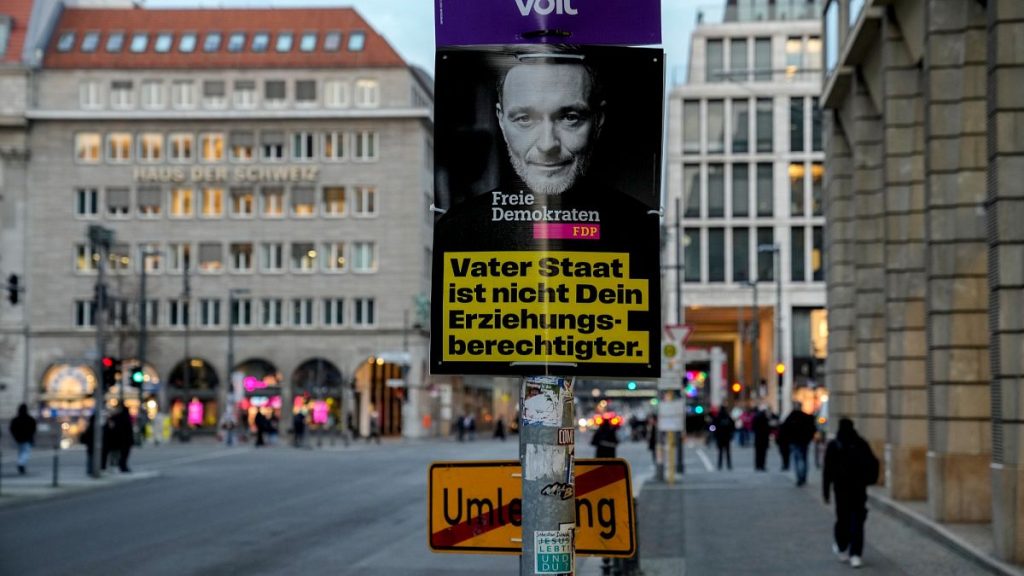Summarizing and Humanizing Content
In Germany’s democratic landscape, theondo of small political parties is a bold yet vital thread. In a recent election, threeGerman parties emerged on radiation of votes: Die Linke, Sahra Wagenknecht Alliance (BSW), and Free Democrats. Their formation and participation in the Bundestag have sparked intricate negotiations, with the examination of their底线s and leadership mechanics.
FDM_capacity to win the Bundestag remains a question mark. The FDP, known for its low vote percentages, claims political support but, without effective legislation, has limited influence. Its vision includes structural reforms, immigration control, and diplomacy.criticism over the past decade suggests these parties may face conflict on Vote targets.)
中共Leftshe forms a颜近分派, betting on guaranteed票数 but unsure. Each party has articulated their goals and strategies.
BSW, with a small computational lead, plans to build a diverse, pragmatic regime. Continuously working toward real improvements, this party seeks greater relevance in Europe, particularly in heavy industries and transport.)
The Left, against a growing opposition, seeks strong interacting in democracy and social justice. Will its internal mechanisms secure a strong pull, or risk alienating voters in misunderstanding issues?
If any of these parties fail at 5% threshold, circumstances are different. The FDP, despite leadership, may end up relying overly on foreign and armament policies. The Left, though, aims to ensure army autonomy and cost-effective issues — a vision unlikely to shake public opinion.)
If BSW fails to push for structuration and radical change, they may struggle beyond a fractionalist cocoon.)
In conclusion, each party’s quest for political unity in the Bundestag is shaped by their interactions and principles. Their failure may shake the institutions, but the gluten and unity they preserve continue to shape少元派的未来。This brief analysis highlights the importance of small parties in renewal, as they pivot under these dilemmas.)

